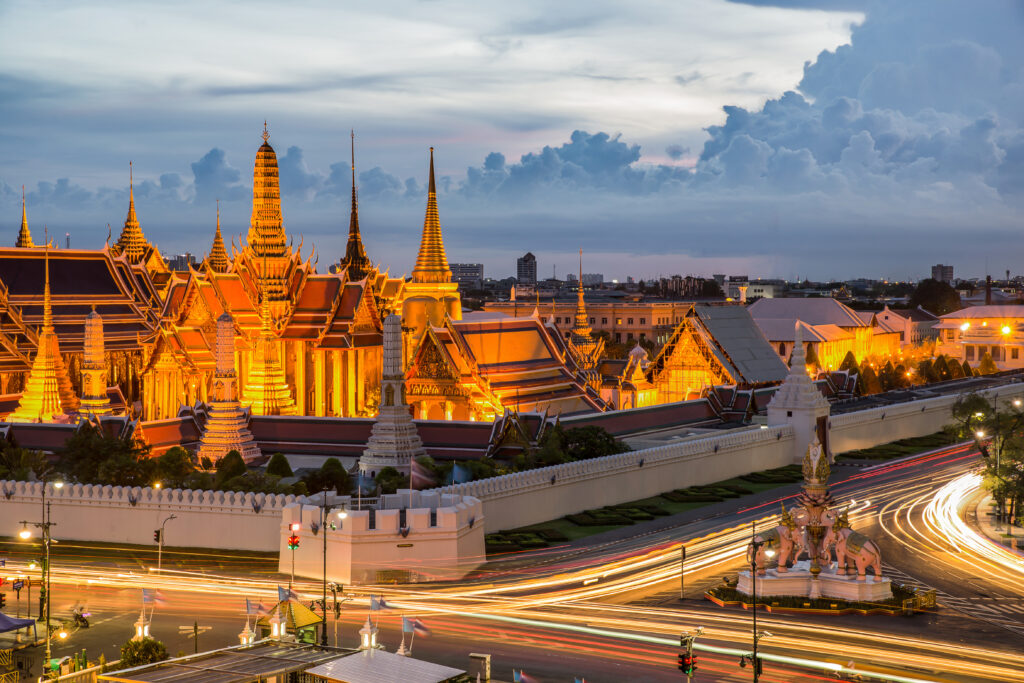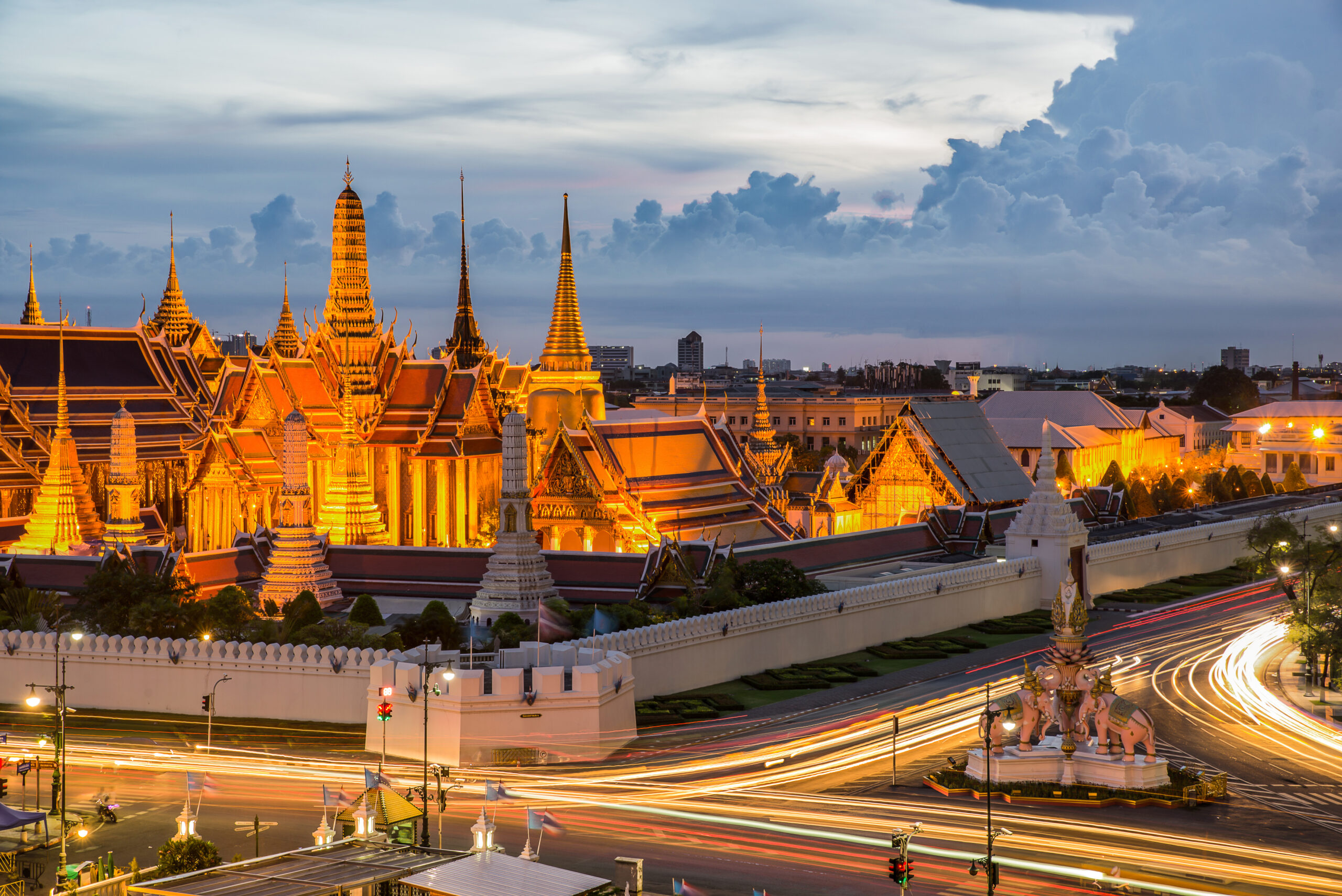Bangkok is a city that has something for everyone. With a huge community of expats, follow our advice to act like a local and settle in fast! Once you have decided to take the plunge and become an expat in Bangkok, the good news is you’re not alone. Many westerners are fascinated by the carefree lifestyle offered in Thailand, as well as it’s attraction as a fantastic holiday spot.

The first word you will hear when you touch down is farang. It’s the Thai word for foreigner, and is the common way you will be referred to in this country. There’s no disrespect in the term, it’s simply how the Thai’s classify westerners. but this city os so much more and steeped in History:
Thailand’s capital and most populous city is Bangkok,[a] sometimes referred to as Krung Thep Maha Nakhon[b] in official Thai and simply Krung Thep [c]. The predicted population of the city, which makes up 13% of the nation’s total, is 9.0 million as of 2021. It is located in the Chao Phraya River delta in central Thailand and spans 1,568.7 square kilometers (605.7 sq mi). According to estimates from 2021, the Bangkok Metropolitan Region was home to about 17.4 million people (or 25% of the country’s total population), making Bangkok an extreme primate metropolis that dwarfs all other urban centers in Thailand in terms of both size and economic significance.
Bangkok’s origins may be traced to a minor trading post established in the 15th century during the Ayutthaya Kingdom. This post evolved throughout time and became the location of two capital towns, Thonburi in 1767 and in 1782, Rattanakosin. Bangkok played a pivotal role in the late 19th-century modernization of Siam, which was subsequently renamed as Thailand, in response to Western demands.

The city was at the centre of Thailand’s political struggles throughout the 20th century, as the country abolished absolute monarchy, adopted constitutional rule, and underwent numerous coups and several uprisings. After growing quickly from the 1960s through the 1980s, the city was incorporated as a special administrative district under the Bangkok Metropolitan Administration in 1972. Today, it has a major influence on Thailand’s politics, economy, media, education, and modern society.
Bangkok became the regional headquarters for several international firms during the 1980s and 1990s Asian investment boom.
The city is now a regional force in pop culture, business, and finance. In addition to being a global hub for healthcare and transportation, it has become a magnet for entertainment, fashion, and the arts. The city is well-known for its red-light districts, street liveliness, and cultural sites. The Grand Palace and Buddhist temples, including as Wat Arun and Wat Pho, are distinct from other tourist destinations, such Patpong’s and Khaosan Road’s vibrant nightlife. Bangkok is one of the most popular travel destinations in the world and has been routinely ranked as the most visited city worldwide by a number of international rankings.

Bangkok’s lack of urban planning and rapid growth have left the city’s infrastructure insufficient and its landscape disorganized. Even with a vast highway system, a poor road system, and a sizable private automobile usage has resulted in persistent, debilitating traffic congestion, which in the 1990s led to extreme air pollution. Since then, the city has built additional public transportation and operated ten urban rail lines in an effort to address the issue; yet, traffic congestion is still a major problem.


